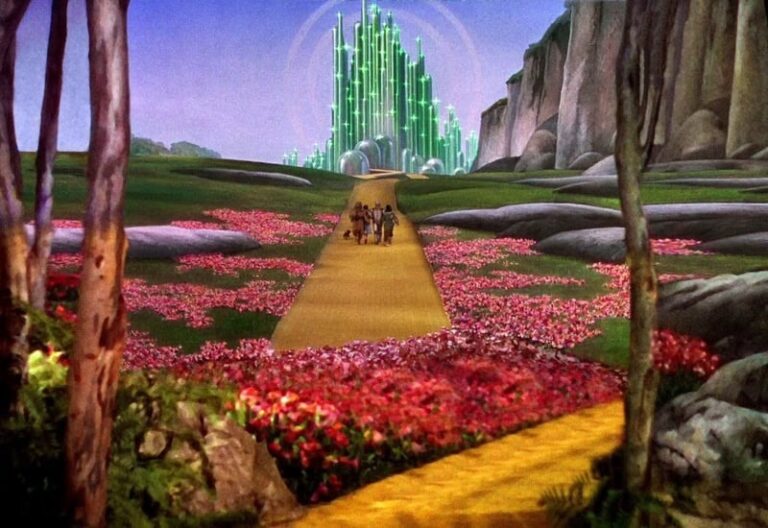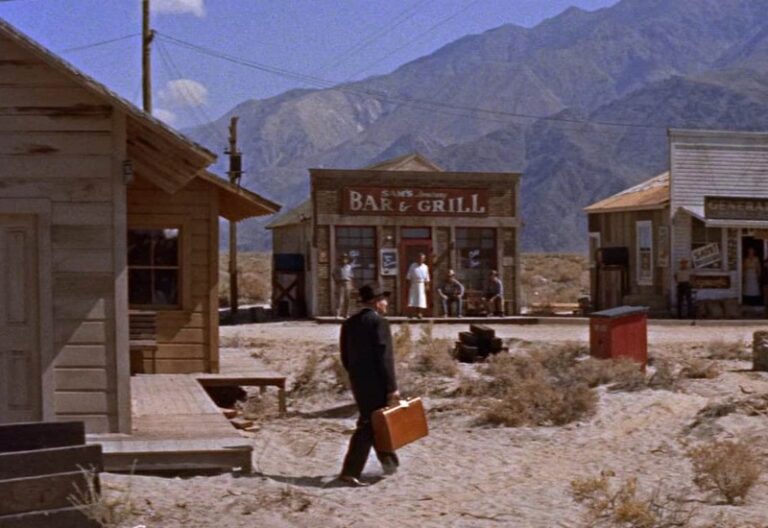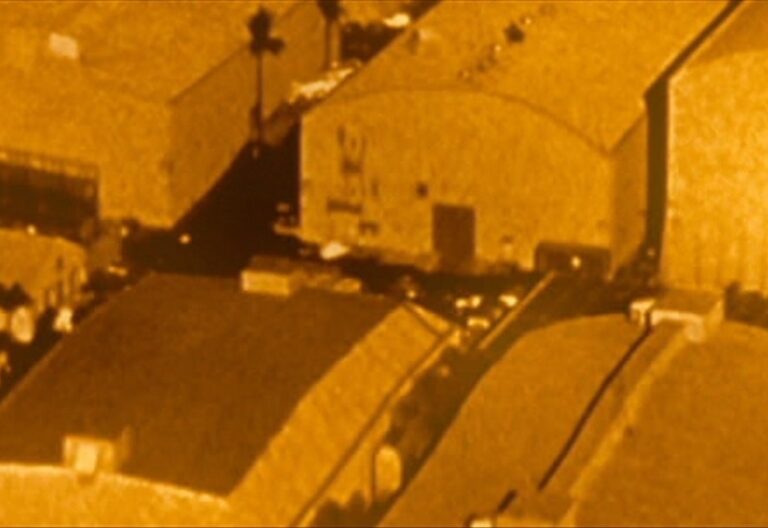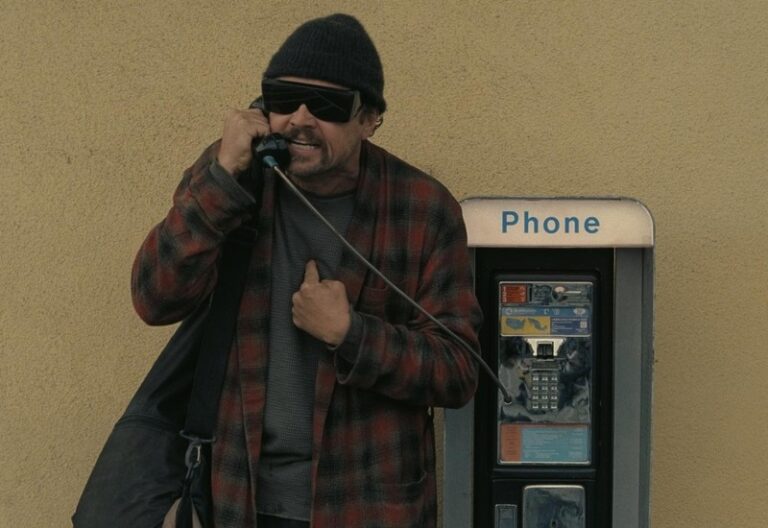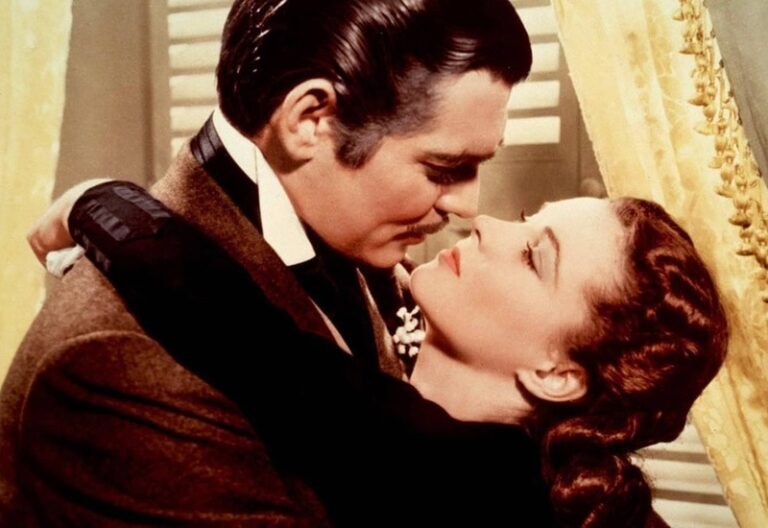what is VistaVision?
VistaVision is a widescreen film format that was developed by Paramount Pictures in 1954 to provide a superior visual experience for audiences. It used a horizontal 35mm film strip rather than the more common vertical format, allowing for a significantly larger image area. The larger negative area resulted in sharper, more detailed images, especially when projected on the large screens that were becoming popular in movie theaters during the 1950s. This innovation allowed for higher-resolution imagery, better color saturation, and a reduction in visible grain, making it one of the sharpest film formats available.
Published by: CinemaWaves Team | Filed Under: Film Blog
Development and History of VistaVision
In the early 1950s, the film industry faced fierce competition from television, which was beginning to dominate. To combat this, studios looked for ways to draw audiences back to theaters by enhancing the cinematic experience. Widescreen formats were introduced with Paramount Pictures, one of the leading studios of the era, developing a new film format that could deliver the grandeur of widescreen without the complications of other systems like CinemaScope, which used anamorphic lenses.
VistaVision was introduced in 1954 with the release of “White Christmas,” the first film shot in the format. The system was designed to be simpler and more versatile than its widescreen competitors, as it didn’t require specialized projection equipment. The films could be shot in VistaVision and then printed in standard 35mm format for theaters that didn’t have widescreen projectors, making it more adaptable for widespread distribution. This flexibility was a key reason for its early success.
Unlike CinemaScope, which squeezed a wide image onto a normal 35mm frame, VistaVision’s horizontal orientation allowed it to achieve a widescreen look without any compression. The result was a clearer, more detailed image, which became especially apparent during large-scale productions and epic landscapes that dominated many of the popular films of the 1950s.

Famous VistaVision Films
While VistaVision was never as widely adopted as some other widescreen formats, it was used in several notable films that showcased its superior image quality:
“White Christmas” (1954): As the first film to use VistaVision, this musical romantic comedy set a high standard for the format. The crisp, vibrant visuals helped bring the colorful, holiday-themed scenes to life in a way that previous formats couldn’t achieve.
“To Catch a Thief” (1955): Alfred Hitchcock was an early adopter of VistaVision, and he used it to great effect in this classic romantic thriller. The sweeping views of the French Riviera were captured with stunning clarity, making the setting as much a character in the film as the movie stars themselves.
“The Ten Commandments” (1956): One of the most famous epic films of the 1950s, Cecil B. DeMille’s The Ten Commandments utilized VistaVision to capture its grand set pieces and expansive landscapes with incredible sharpness and detail. The parting of the Red Sea, in particular, remains one of the most memorable sequences from the VistaVision era.
“Vertigo” (1958): Another Hitchcock masterpiece, often hailed as one of the best uses of the VistaVision format. The enhanced image quality was crucial in this psychological thriller, where the haunting beauty of San Francisco and the surreal nature of Scottie Ferguson’s (James Stewart) obsession were amplified by the format’s visual capabilities.
“North by Northwest” (1959): Another Hitchcock classic, North by Northwest used VistaVision to great effect, especially in its iconic action sequences. The famous scene where Cary Grant’s character is chased by a crop-duster plane across a desolate field is enhanced by the sharp clarity and depth of the format. The wide, open landscapes combined with the crystal-clear imagery made the tension in these scenes even more palpable.
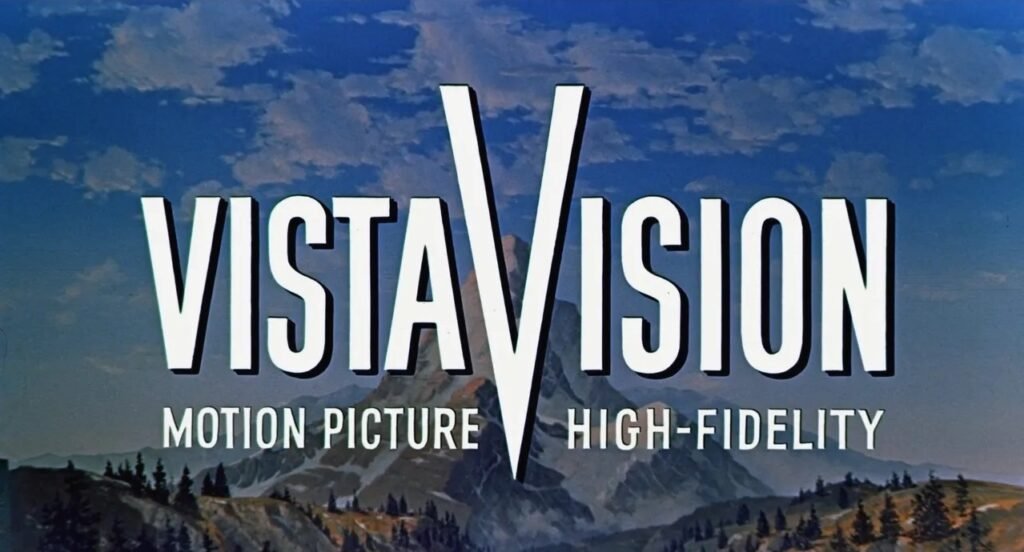
The Decline of VistaVision
Despite its technical advantages, VistaVision faced several challenges that eventually led to its decline. One of the key issues was its cost. Filming in VistaVision required more film stock due to its horizontal orientation, which doubled the length of the film strip used for each shot. This made the production process more expensive, and studios were hesitant to invest in the format when cheaper alternatives like CinemaScope and later Panavision were available.
Moreover, theaters had to install specialized projectors to fully take advantage of the VistaVision format, which many were unwilling to do, especially when other widescreen formats didn’t require such modifications. As a result, many films shot in VistaVision were still shown in standard 35mm, negating the visual advantages of the format.
By the 1960s, VistaVision had largely fallen out of favor as Panavision, an anamorphic format that improved upon CinemaScope’s shortcomings, became the industry standard. Panavision offered a similar widescreen effect but with less distortion and at a lower cost, making it more attractive to filmmakers and studios alike. The rise of 70mm film, which offered an even larger image area and greater resolution, also contributed to the decline.
The Legacy of VistaVision and its Revival
Although VistaVision eventually declined in mainstream use, it never entirely vanished. Its high-resolution imagery made it a valuable tool for special effects work, and it was used in this capacity for decades after its heyday. For example, George Lucas used VistaVision extensively for the special effects shots in “Star Wars: Episode IV – A New Hope” (1977) and subsequent films in the franchise. The clarity and sharpness of VistaVision helped ensure that the visual effects held up even when blown up for large screens or composite shots.
Today, VistaVision has found a niche in digital restoration efforts, where its high image quality makes it ideal for preserving classic films. Additionally, the dolly-mounted VistaVision cameras have been used in modern blockbusters for special effects sequences, such as in “Inception” (2010) and “Interstellar” (2014), proving that the format’s legacy endures in contemporary cinema.
In 2024, VistaVision is experiencing a renewed interest with films like “The Brutalist” (2024), and the Paul Thoman Anderson’s film “One Battle After Another” in 2025, both of which are utilizing this format for its superior image quality. Filmmakers are once again turning to the format for its unparalleled image quality and distinct visual impact. This renewed interest signals that, even in the age of digital cinema, VistaVision’s unique qualities continue to inspire filmmakers.
Refer to the main page for more educational insights on filmmaking and cinema history.
Technicolor’s origins trace back to the 1915 when Herbert Kalmus, Daniel Frost Comstock, and W. Burton Wescott founded the Technicolor Motion Picture. The company…
CinemaScope was a widescreen film process that became a major innovation in the early 1950s, revolutionizing the visuals of cinema. Introduced by 20th Century Fox…
Cinematography is the art and craft of capturing visual images for film or digital media. It involves the use of cameras, lighting, composition, and movement to tell…
The studio system was a dominant force in Hollywood from the 1920s to the 1950s. It was characterized by a few major studios controlling all aspects of film production…
Had Paul Thomas Anderson read Assata Shakur’s autobiography, would he have directed a better film? I don’t mean to presume the man’s an illiterate; his devotion to Pynchon’s Vineland…
In the early 20th century, a cinematic revolution was brewing in the Soviet Union. A group of visionary filmmakers, collectively known as the Soviet Montage School, gathered…

